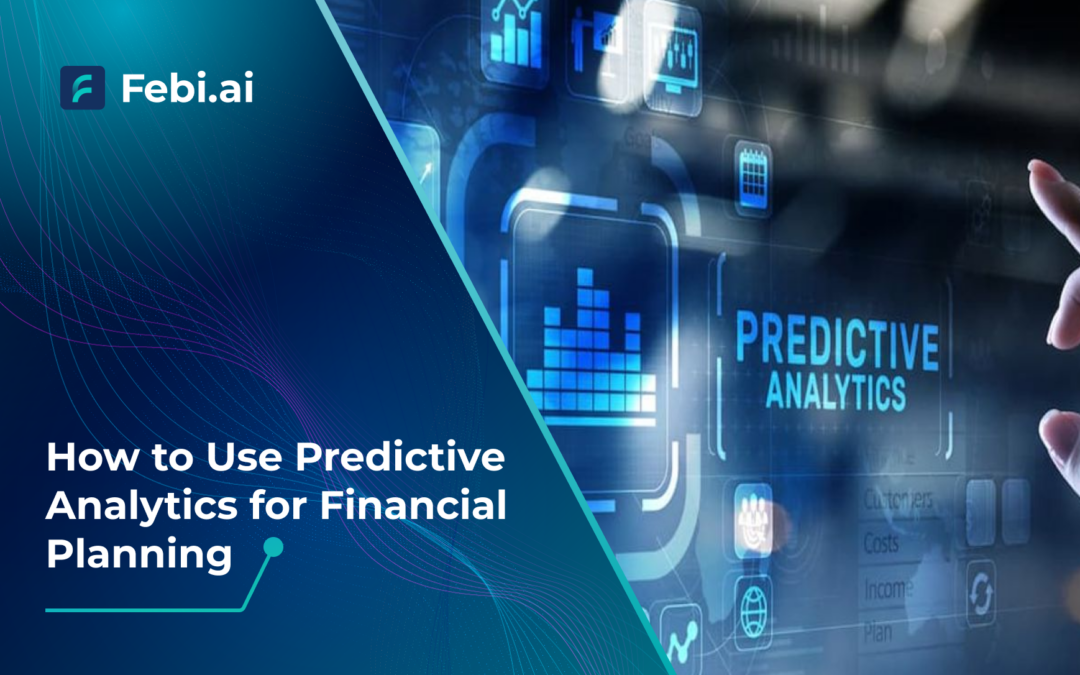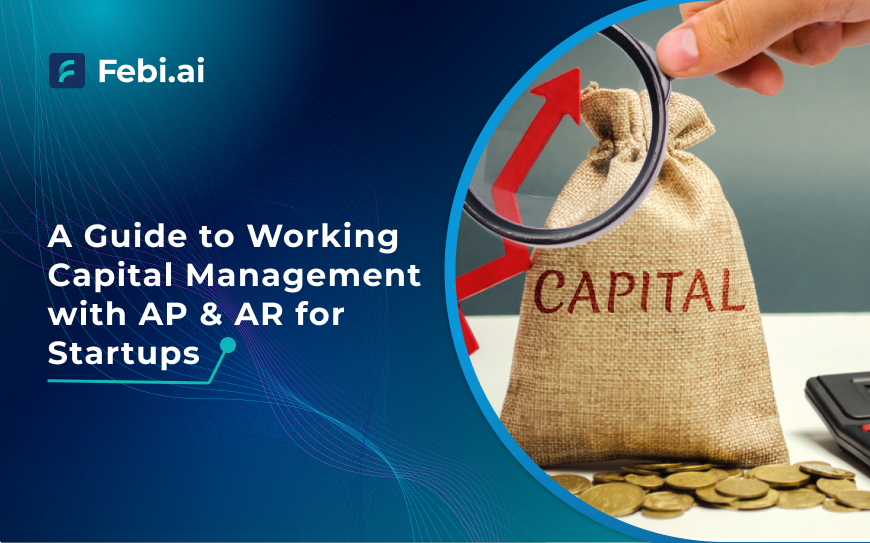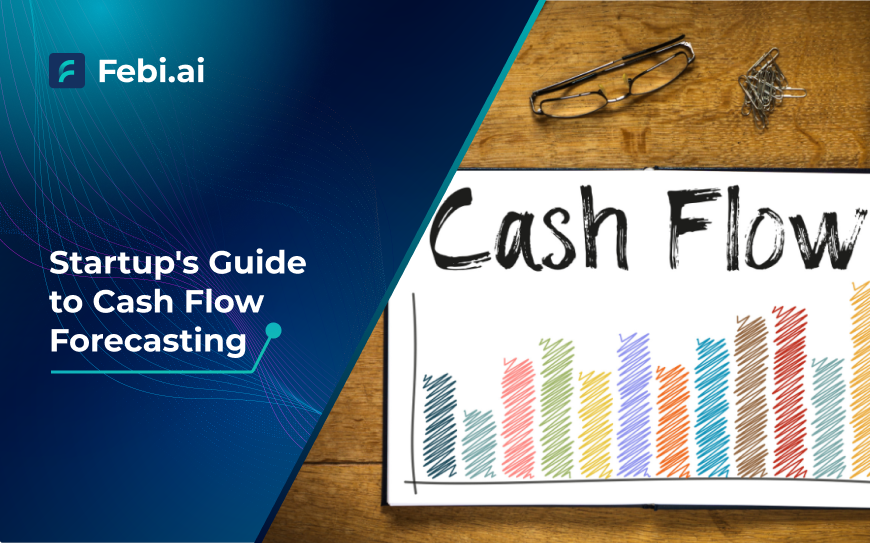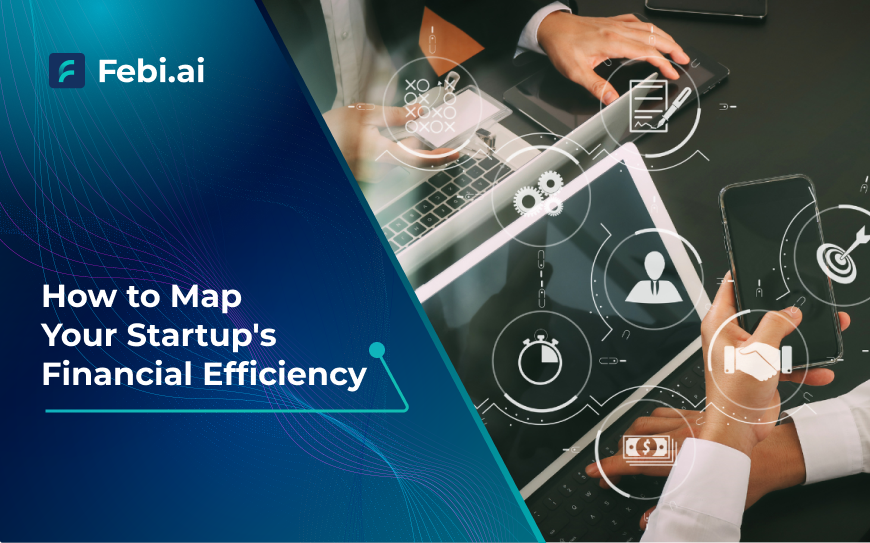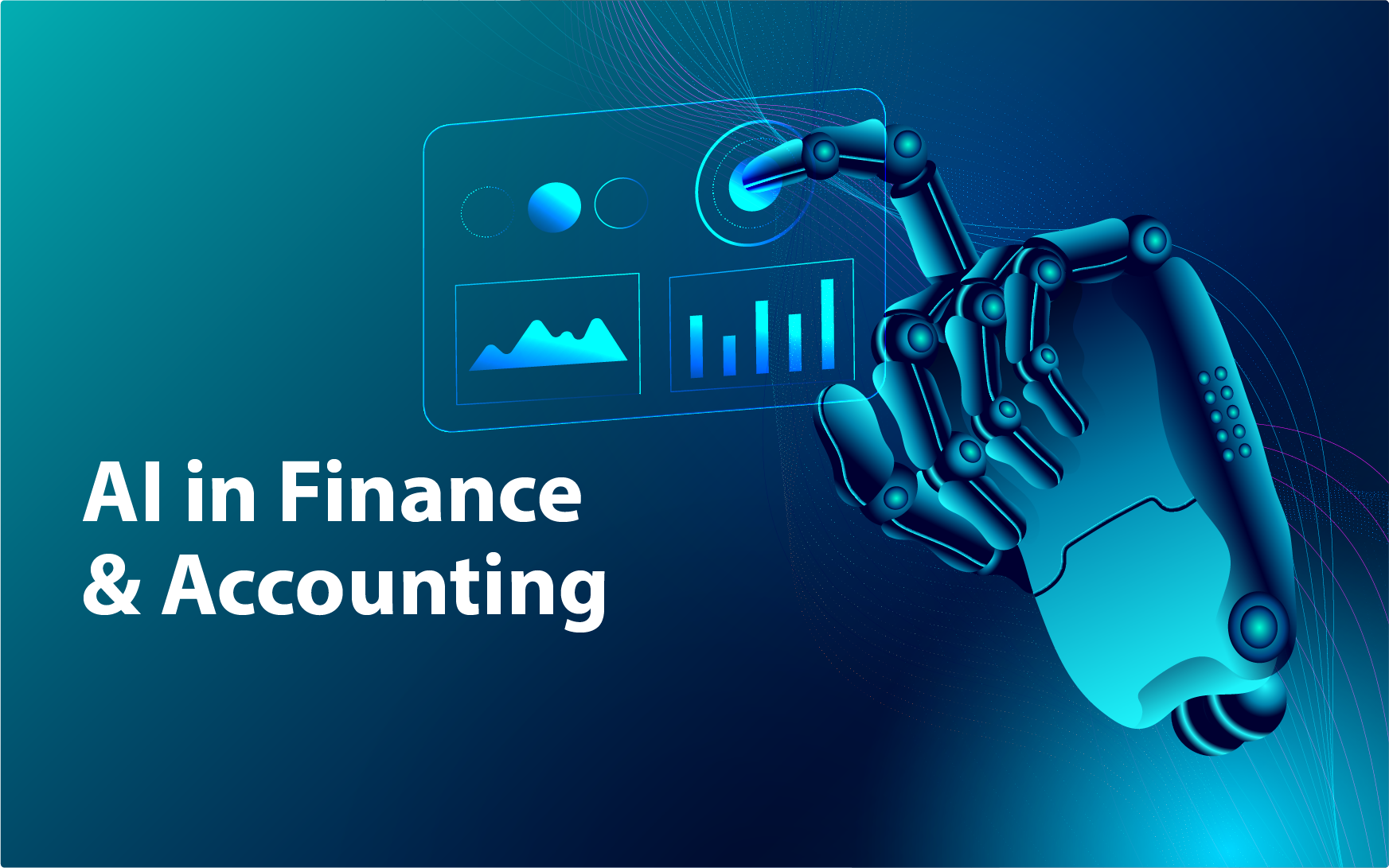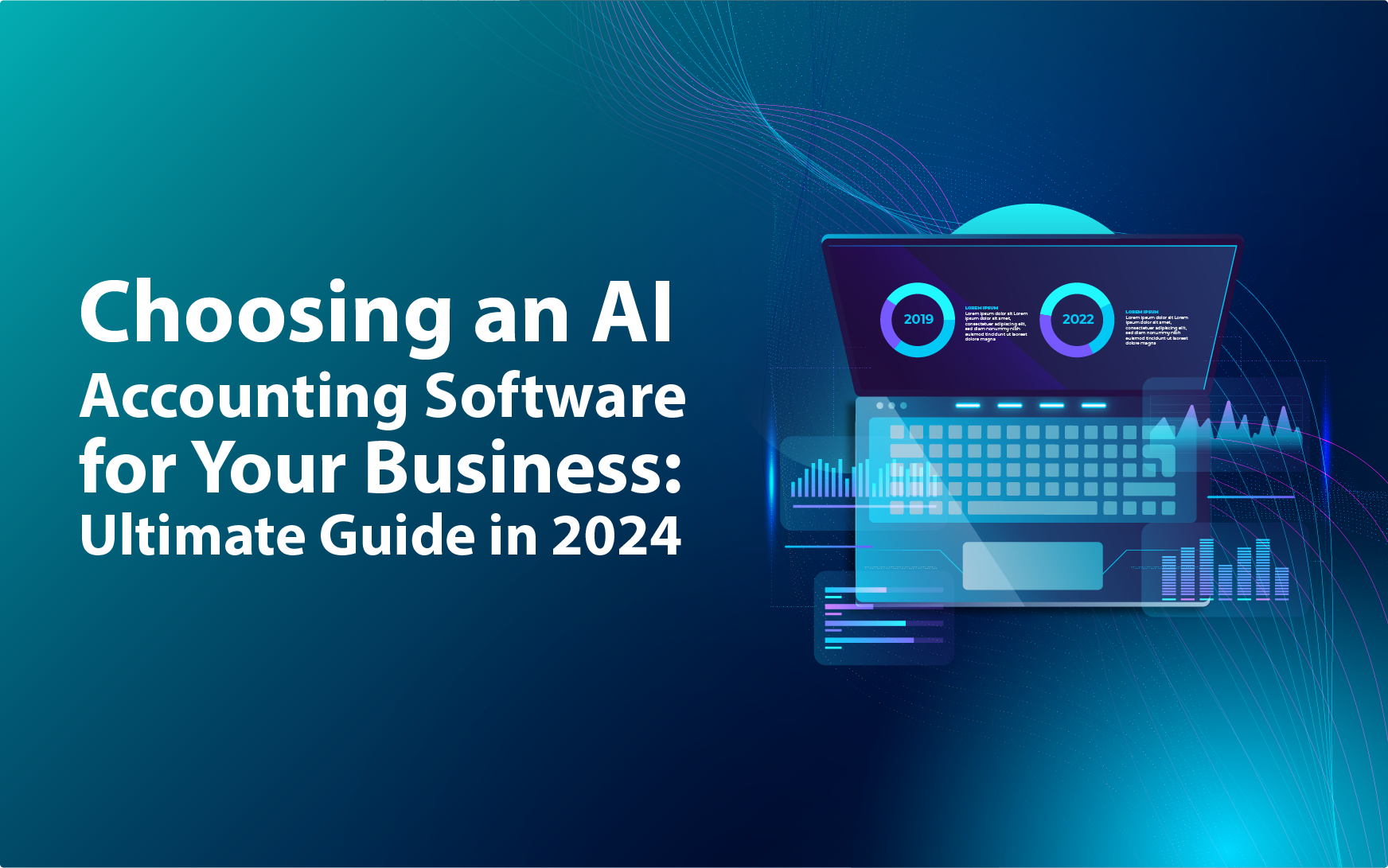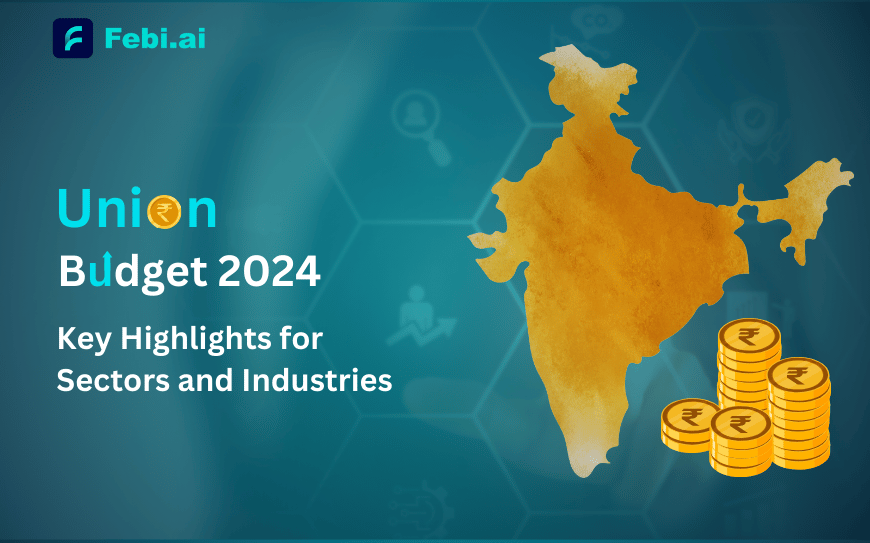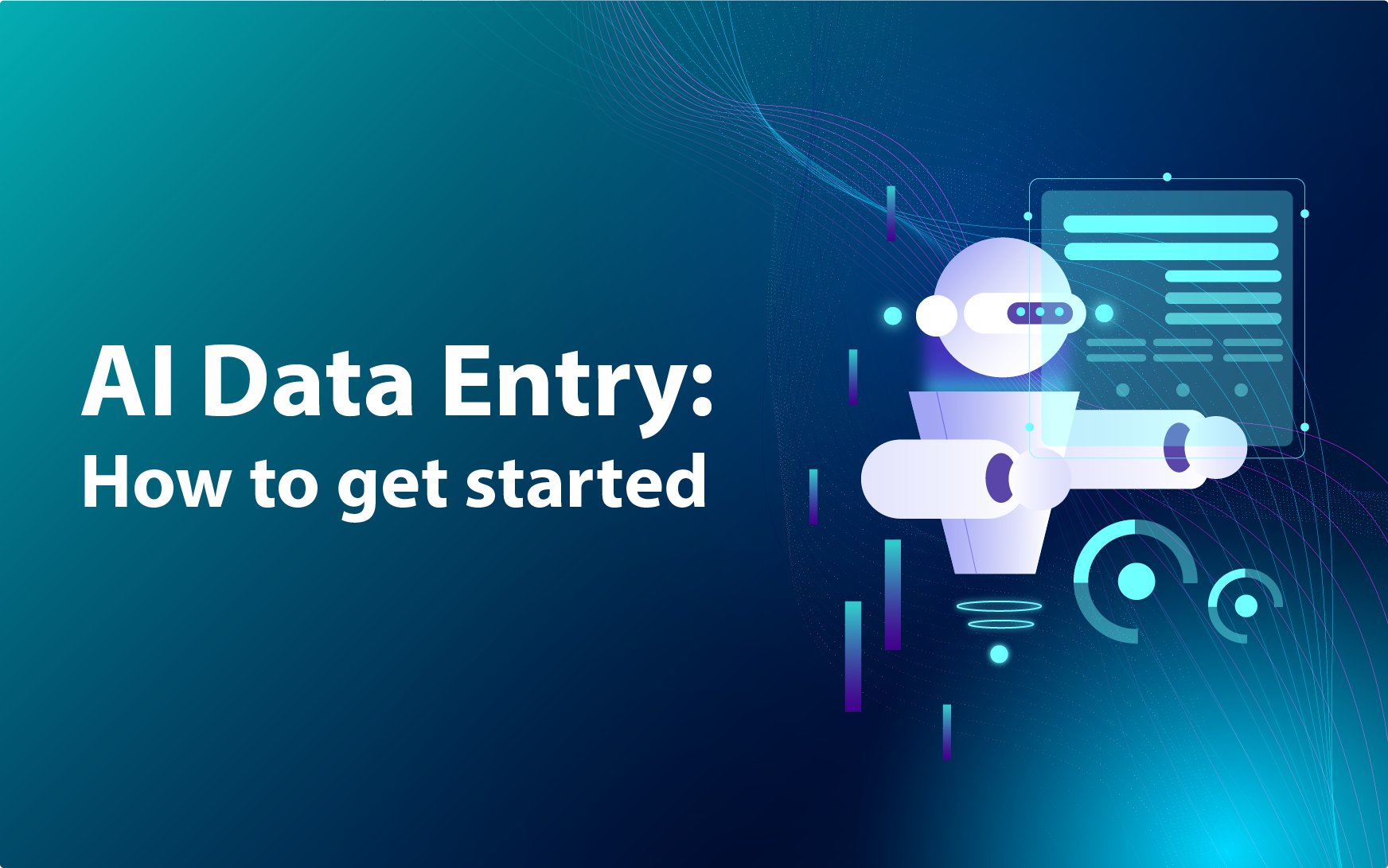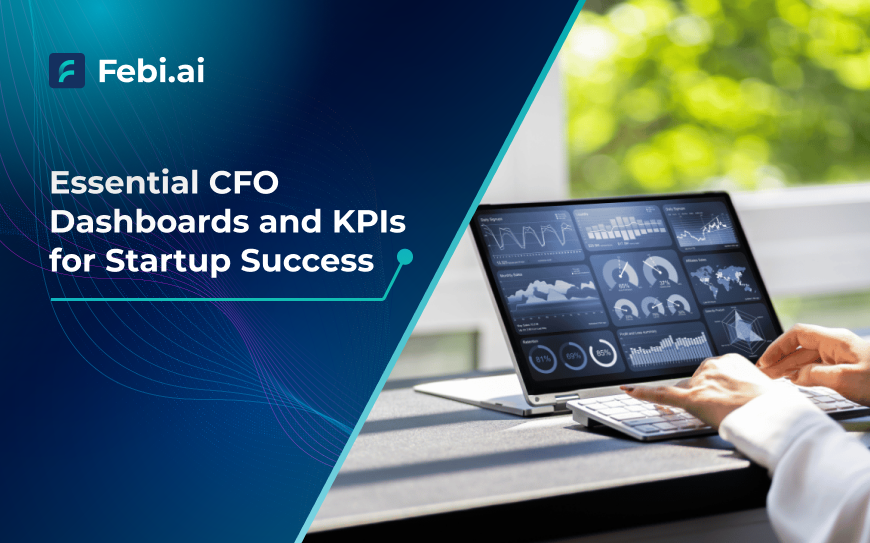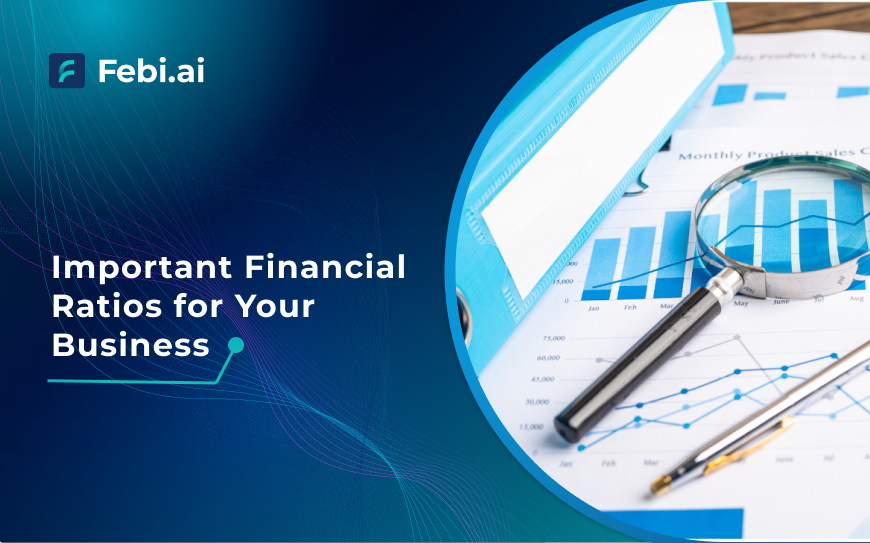Table of Contents
Did you know 74% of the CFOs plan to use AI and predictive analytics accounting tools in 2025, according to Roland Berger? Further, McKinsey’s report suggests a value of $1 tn. In terms of AI and analytics potential in the global banking industry. Further, $10.8 billion is the estimated size of the financial analytics market in 2024, as per the Mordor Intelligence research.
Evidently, financial analytics is increasingly being used for financial planning and management. Startups and companies that identify and implement AI-powered predictive analytics can leverage the maximum benefits of early-adoption. This blog covers all essential information you need to use predictive analytics for financial planning of your business.
Types of Predictive Analytics Models in Finance
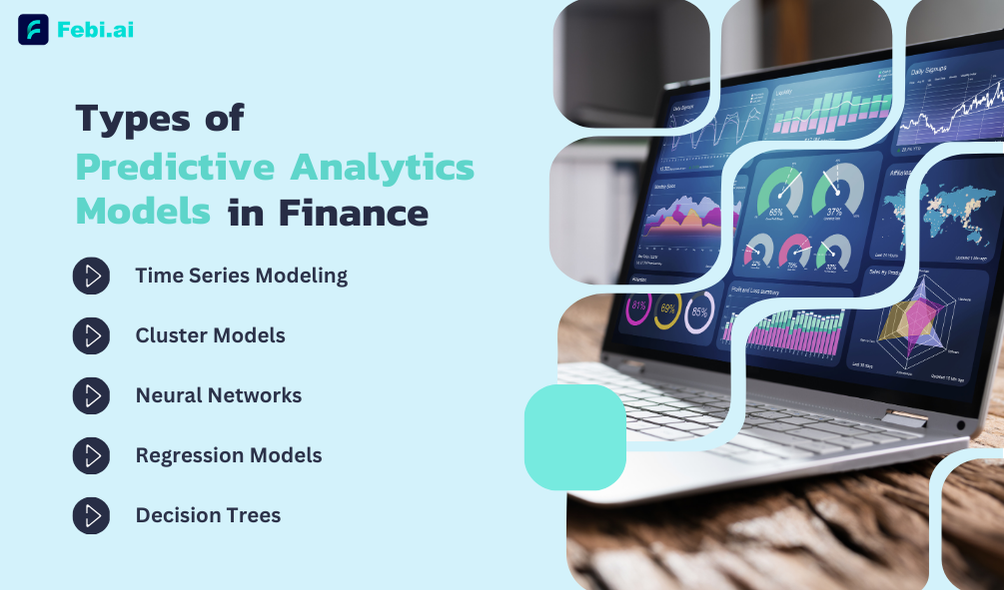
1. Time Series Modeling
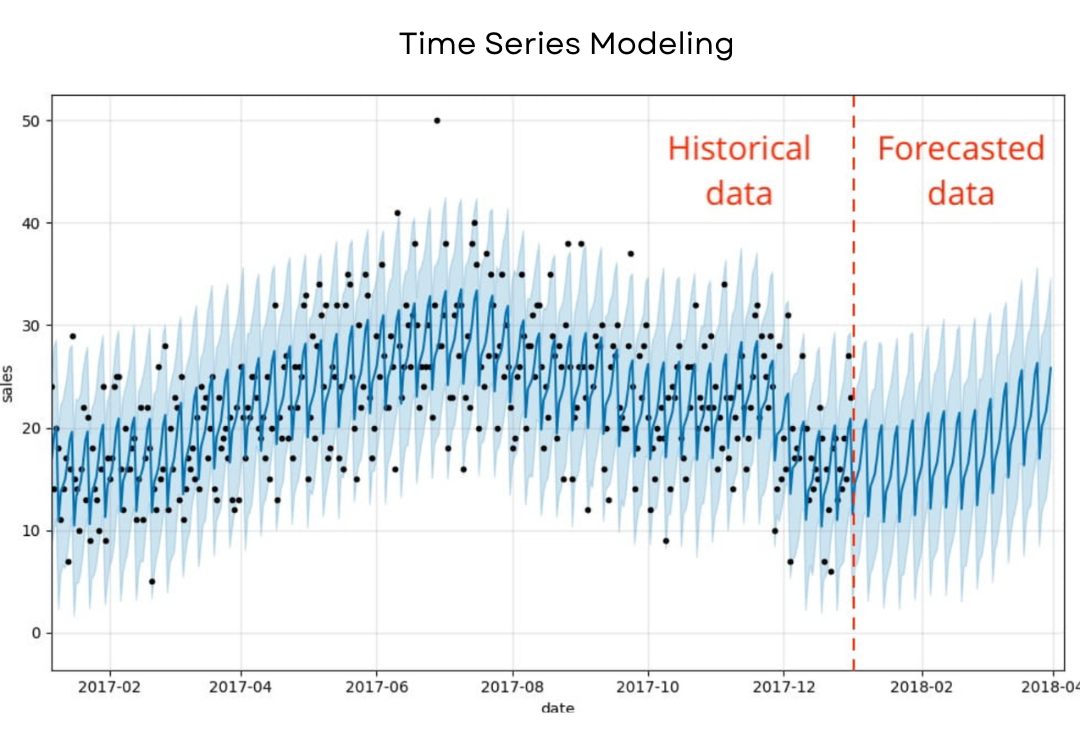
This one is a popular model used in predictive analytics for financial planning. It lets you predict the future of your business’s financial performance and position based on a thorough analysis of the past trends and data. It is like using the history of the market behavior such as interest rates, stock changes, etc to predict the upcoming impact and result.
GARCH and ARIMA are some leading models that act as powerful tools to help analysts to identify data patterns. This could be stock price changes on a day-to-day basis, quarterly or bi-annual earnings, or economic indicators on a year-by-year basis.
With a key understanding of the latest trends, volatility, seasonal changes, the time-series models offer business stakeholders and investors an edge over the competitors. This means, whether you are doing portfolio management, forecasting cash flows, or assessing future market movements, this model can help you make informed, data-backed decisions.
2. Cluster Models
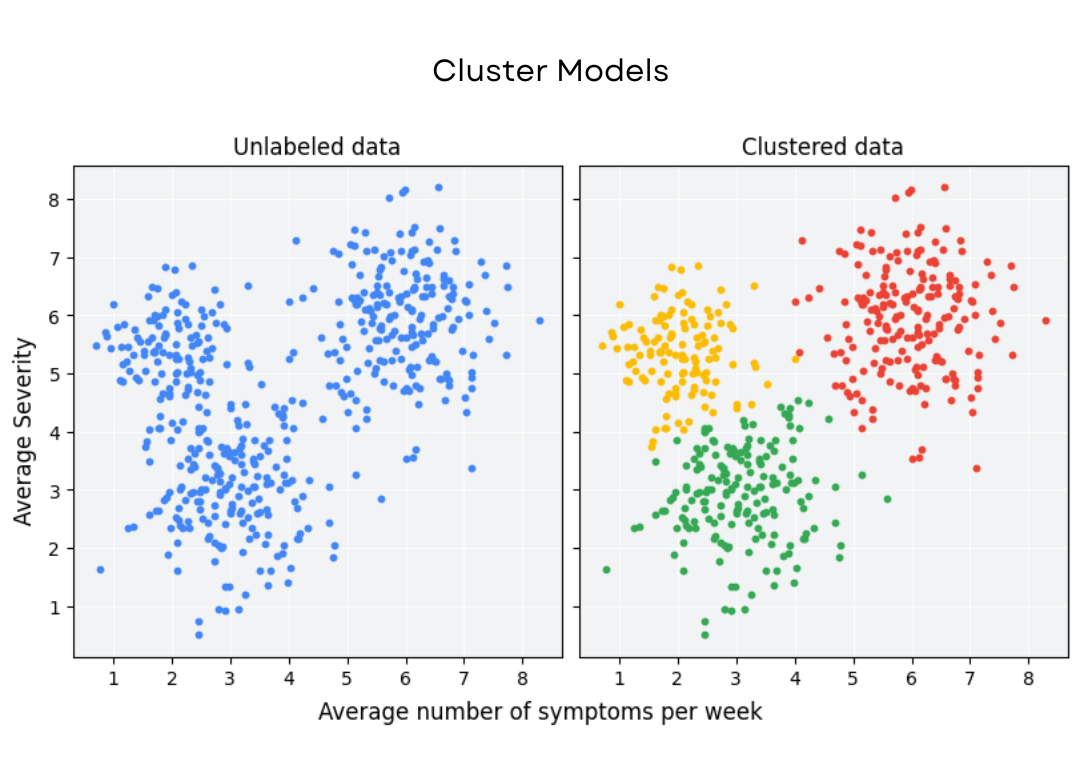
Evident from the name, the Cluster models group multiple data points that have similar characteristics. These help finance professionals analyse and identify hidden patterns with massive data sets. Imagine a scenario where you want to segment your customers or clients based on credit risks. Identifying market behavior, detecting fraud, and more—clustering lets you make sense from the data. Another example could be a bank or a financial institution.
They may use K-means clusters to group all their customers, depending upon their spending patterns, facilitating financial services and optimising marketing strategies. It’s not just about seeing what’s “normal,” but about spotting the outliers—those anomalies that could point to fraudulent activity or untapped opportunities. In short, cluster models are all about turning data into actionable insights that can transform decision-making.
3. Neural Networks:
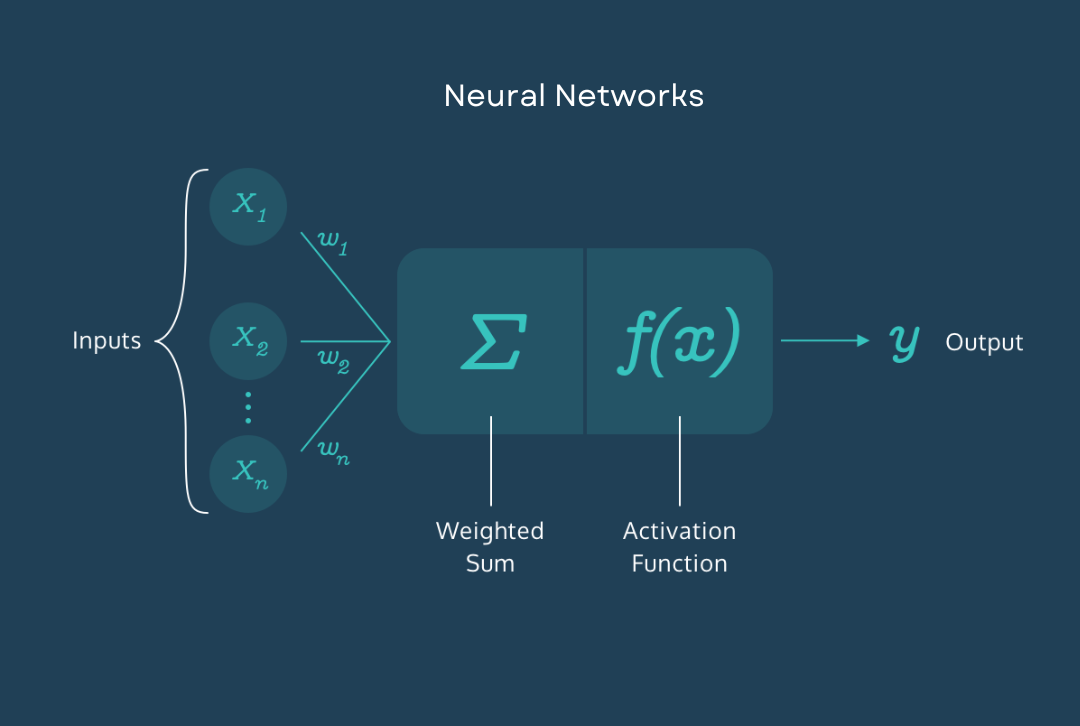
Neural networks are like heavyweights of predictive analytics, especially when you’re dealing with complex, unpredictable data. These models work kind of like the human brain—they learn from data, identify patterns, and make decisions based on all that information. In finance, that means using neural networks to predict stock price movements, assess credit risk, or even run trades automatically.
What makes them so powerful and useful is their ability to process huge amounts of data and learn from it over time. This makes them perfect for fast-paced environments, like high-frequency trading or spotting fraud in real-time. Imagine being able to pull in data from news, market trends, and economic indicators all at once to predict where the market is headed. That’s the magic of neural networks—they continuously adapt, learn from new information, and offer data insights that traditional models do not provide.
4. Regression Models:
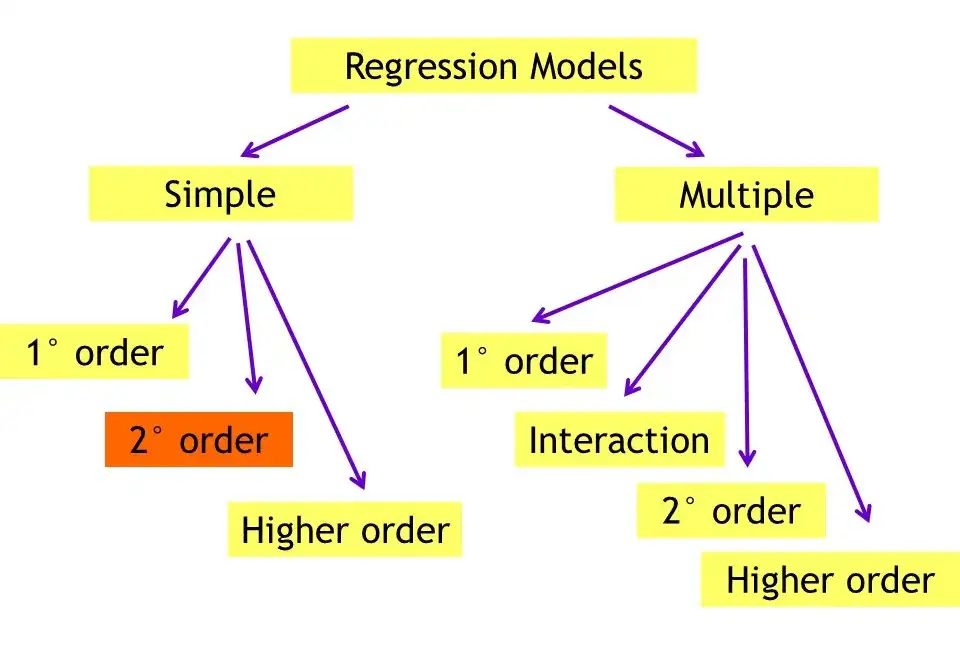
Want to understand the ‘why’ behind the numbers? Regression models are what you need in your predictive analytics for financial planning. This helps you understand how exactly multiple factors contribute to an outcome. Whether it’s predicting stock prices based on past performance, estimating loan defaults based on borrower characteristics, or forecasting corporate earnings, etc.
With simple linear regression, you can uncover relationships between two variables (like interest rates and stock prices), while multiple regression adds complexity by factoring in several influencing elements at once. The beauty of regression is that it gives you a solid, quantifiable way to predict what’s likely to happen next. For financial analysts and risk managers, it’s an essential tool that drives informed decision-making, helping to manage risk, optimize investments, and forecast outcomes.
5. Decision Trees:
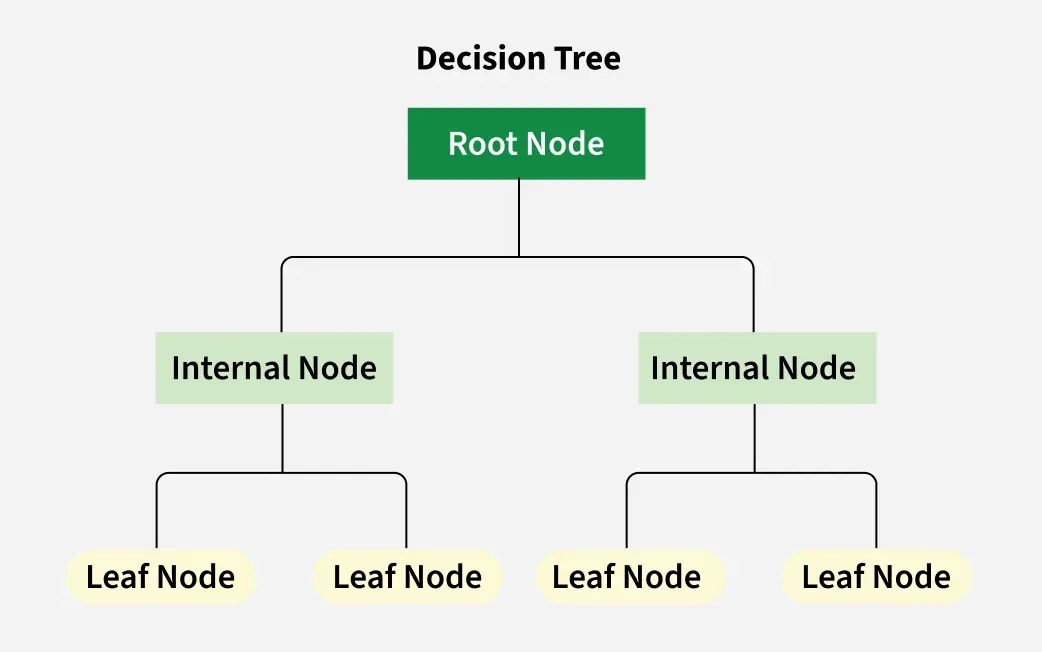
As clear from its name, the decision tree models in predictive analytics help make decision-making clear, structured and simpler. Using them helps you break down complex challenges into smaller, manageable decisions. You can also now understand how diverse factors impact results. Consider them as defined flowcharts that facilitate decision-making.
In the financial world, decision trees are used to assess if the loan should be approved based on the applicant’s credit history, income, and additional factors. The best thing about this predictive analytics model is that it is quite simple to interpret. High levels of transparency makes them a great choice for assessing risks, regulatory compliance, while understanding the reasoning behind the financial decisions.
Predictive Analytics For Financial Planning Use Cases
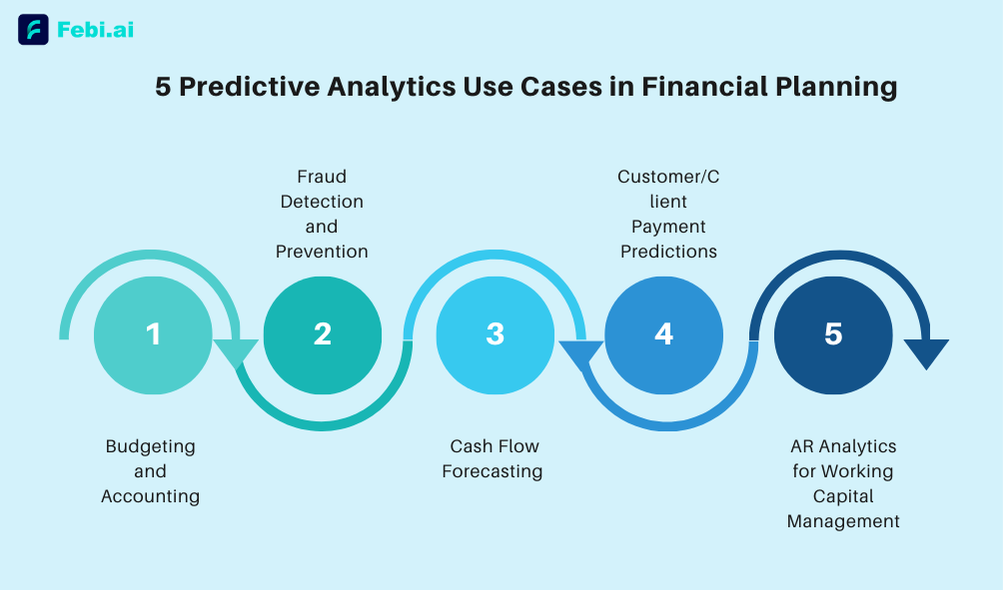
Predictive analytics is leaving a significant impact on the world of financial planning. With its ability to sift through mountains of data and provide insights on future trends, it’s helping financial professionals make smarter decisions about everything from budgeting and cash flow to fraud detection and managing client payments.
1. Budgeting and Accounting
Think of predictive analytics as your financial GPS, helping you map out the best path forward. Traditional budgeting usually relies on past performance or fixed budgets, but predictive tools go further by factoring in things like market shifts, sales trends, and even outside factors like economic conditions.
Let’s understand this better with the help of a practical business scenario. Imagine a company knows that their revenue tends to dip exactly in a specific time during a certain season. Predictive models can then flag that in advance, helping the business adjust its budget before the downturn hits. This level of foresight allows for smarter and informed financial planning, so companies don’t get caught off guard by sudden changes.
3. Fraud Detection and Prevention
Fraud is a constant worry for financial institutions. And as fraudsters get more sophisticated with access to the latest tools and advanced technologies, traditional methods of detection just don’t cut it anymore. By analyzing transaction data and customer behaviors, Predictive analytics for financial planning helps spot fraud before it even happens.
Predictive models can instantly flag that as suspicious and alert the team, so they can step in and stop any potential fraud in its tracks. Over time, the system learns from past fraud attempts and gets better at recognizing those tricky patterns. Here’s how the fraud detection process looks like in the business world.
Fraud Detection Process:
| Steps | Predictive Analytics Role |
|---|---|
| Collect Data and Insights | Collect translation data of users and customer behaviors to train your models |
| Pattern Recognition | Detecting and identifying any suspicious patterns. Could be abnormal transaction amounts or locations. |
| Detect Anomalies | Flag any potential frauds in real time. Allows for immediate actions to prevent losses, if any. |
3. Cash Flow Forecasting
By studying past cash flow data, predictive tools can factor in other variables like market trends and seasonality to provide a more realistic view of the company’s future. You can learn more about cash flow forecasting for startups here.
For example, should a business suspect that a cash shortfall could occur sometime during a slower sales period, it can take certain proactive measures, such as postponing non-essential purchases or seeking temporary financing. Conversely, should an excess of cash flow be expected during peak sales, the company could then prepare either to invest or to withhold that amount for future use.
4. Customer/Client Payment Predictions
Predictive analytics can also help businesses get ahead of the game when it comes to customer payments. By analyzing past payment behaviors, companies can predict which clients are likely to pay on time—and which ones might need a little reminder.
For example, if a company sees that a certain client regularly pays late, predictive models can flag this early. This gives the business time to renegotiate terms, adjust credit limits, or set up reminders to help get the payment in sooner. On the flip side, if a client consistently pays early or on time, businesses can use that insight to optimize their collections strategy.
5. AR Analytics for Working Capital Management
When it comes to managing working capital, AR (Accounts Receivable) analytics is a powerful tool. By looking at past payment patterns and invoice data, predictive models can help businesses figure out which invoices are most likely to be paid late, so they can act early and stay on top of their cash flow.

For example, if a business notices that certain clients tend to delay payments, predictive tools can prioritize those accounts for follow-up. This helps reduce the number of overdue invoices and keeps cash flowing in a timely manner. With these insights, businesses can make smarter decisions about credit terms and payment schedules, ensuring they’re not overextending themselves while maintaining healthy liquidity.
Implementing Predictive Analytics for Financial Planning
Implementing predictive analytics for financial planning holds massive potential to transform how businesses and individuals manage finances. Using advanced, trained algorithms and historical data, predictive analytics can forecast future financial trends, helping companies to make informed decisions.
According to a popular phrase by Warren Buffett, “The best investment you can make is in yourself.” This rings true in financial planning—predictive analytics allows businesses and individuals to make smarter, data-driven decisions, improving budgeting, cash flow management, and risk assessment. Over a period, predictive insights help your business avoid financial pitfalls and capitalize on emerging opportunities. Integrating predictive analytics ensures smarter decision-making for long-term success in an unpredictable financial world.
